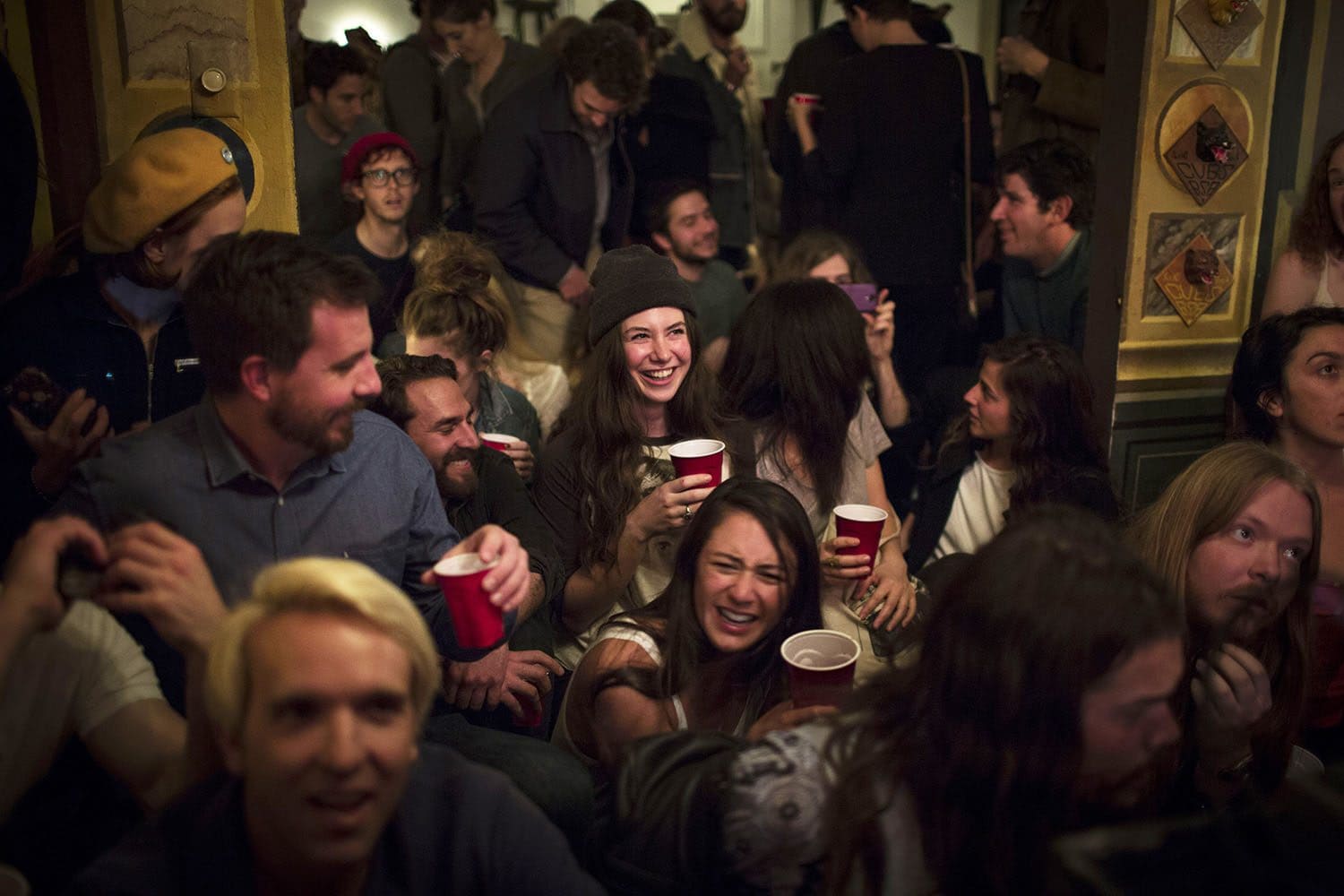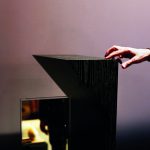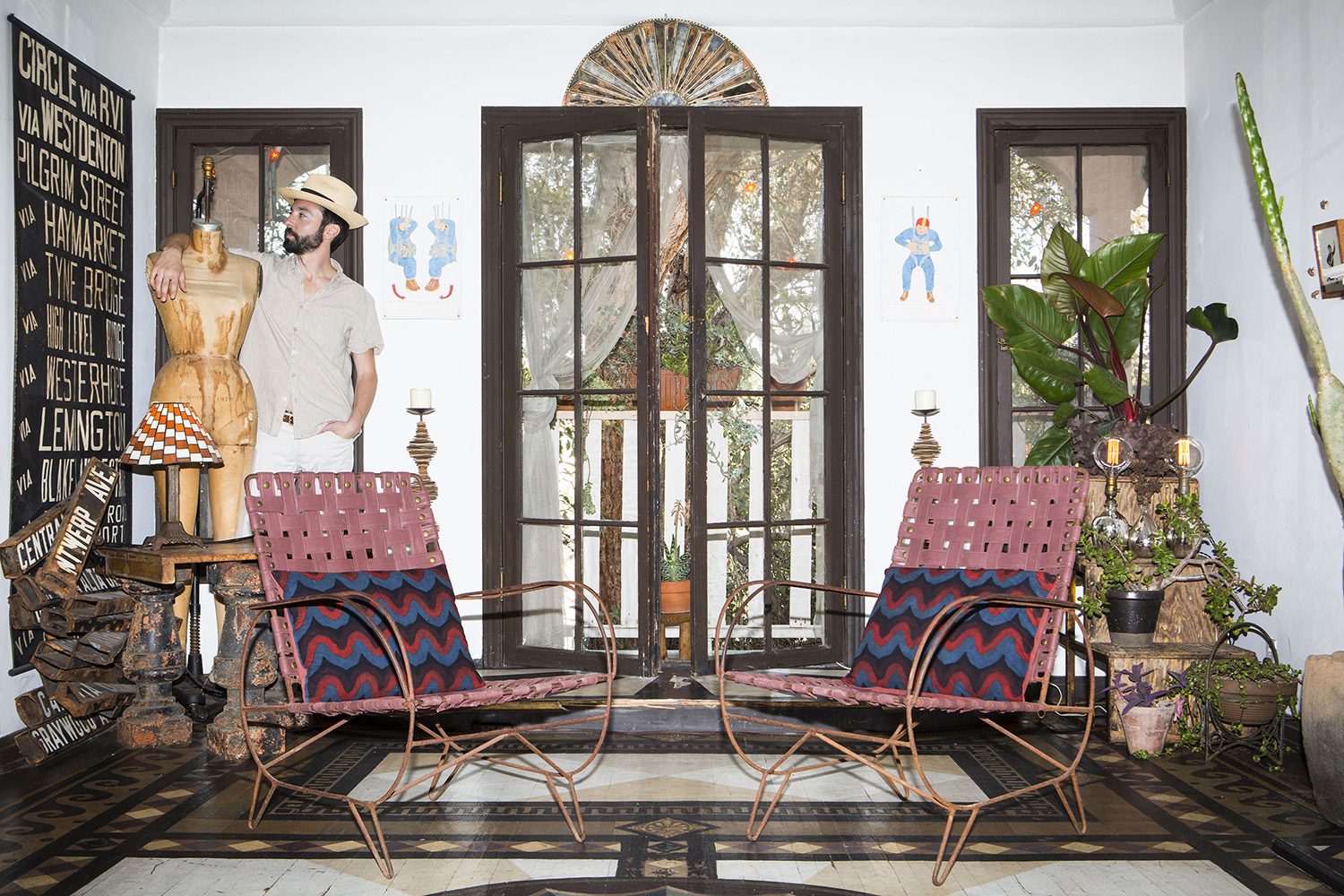
Where music flows
Concerts at Casa Larissa
In the first half of the twentieth century, Los Angeles’ artists, leftists, screenwriters, painters, Mexicans, vaudevillians and homosexuals flocked to the hilly enclave of Silver Lake. Where, away from police boots and mainstream dogma, they gave birth to a unique cultural bohemia that continues to quietly shape and influence the fabric of American society – providing a launching pad for abstract notions of self that trickle slowly into the popular consciousness.
In case you haven’t visited: imagine a landscape filled with Spanish, Moorish, Italian, and modernist architecture, towers abutting terraces, sweet working class bungalows neighboring palatial constructions, nonsensical pairings hidden in plain view among dense bushes of aromatic jasmine and white gardenia and pink bougainvillea in an undulating topography whose twisted and bent inclines are dotted with stairways that lead to magnificent views stretching across Los Angeles, all the way to the Pacific. They used to say that this part of LA, back when it was a secret sanctum for gay actors and their lovers, “gathered the scent of scandal”… this is where Jared Frank, an interior designer and former dancer, found his personal slice of bohemia and would eventually decide to share it.
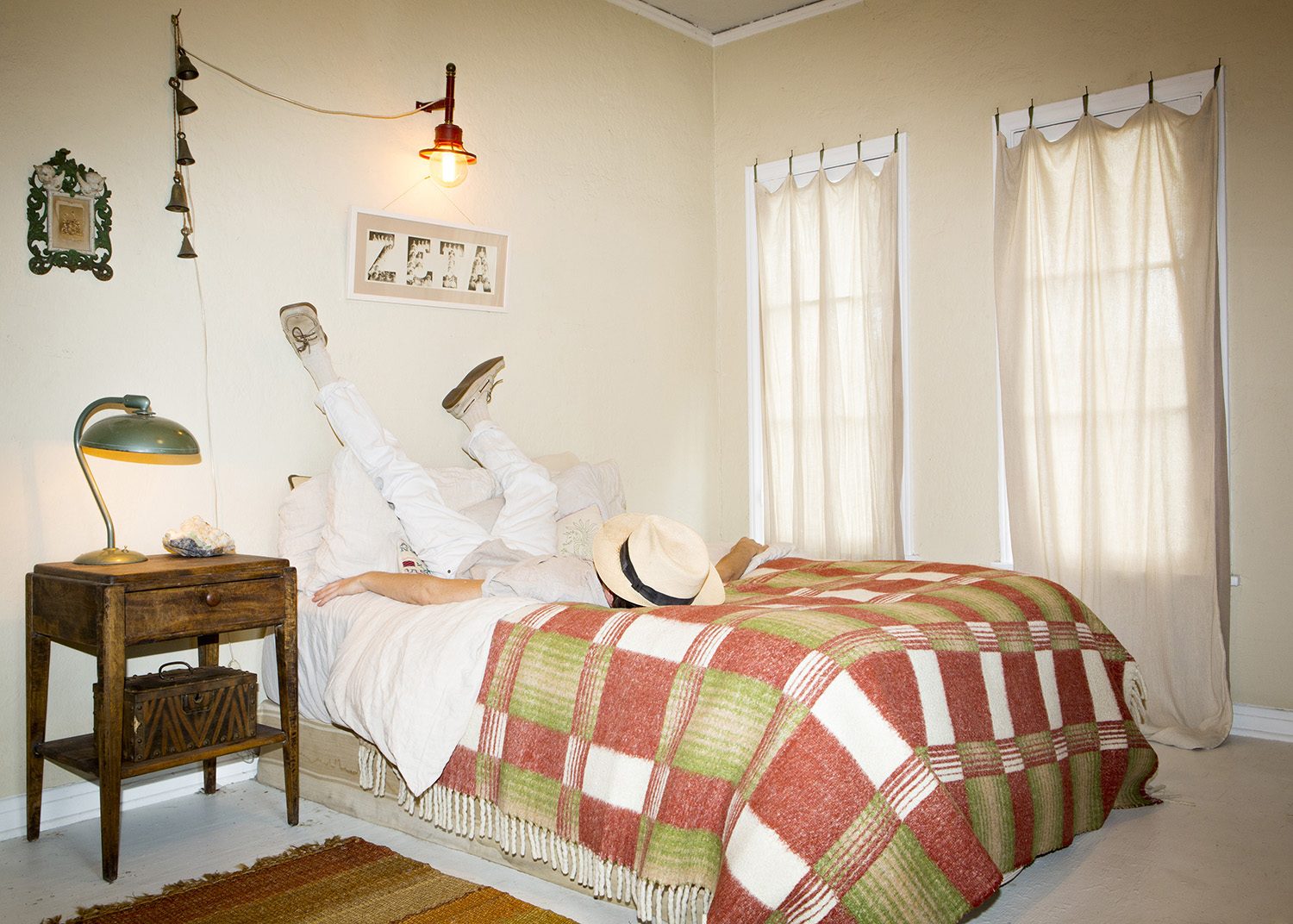
Jared moved to Los Angeles from Brooklyn five years ago, looking to reinvent himself, and started Jared Frank Studio. He stumbled upon a building in Silver Lake called Casa Larissa, a ten-unit, Spanish-revival, colonial-style structure dating to 1929, which had long worn the “scent of scandal.” It is said that James Dean kept a male lover at Casa Larissa, as did Rock Hudson; rumor has it that at least one of the Rolling Stones kept mistresses here too. Whether or not these stories are true, the building itself seems custom-built for private decadence. As the lines between bohemian and bourgeois become ever more blurred in Silver Lake, where rents are increasingly unreachable for the young and working class, Casa Larissa still carries some of that original, stubborn rejection of the bourgeois lifestyle by the bourgeoisie itself. Its warm, cracked plaster walls emanate a distaste for the clean, over-curated consumer lifestyle peddled in the new developments, power yoga studios and over-priced juice shops that have sprung up all around.
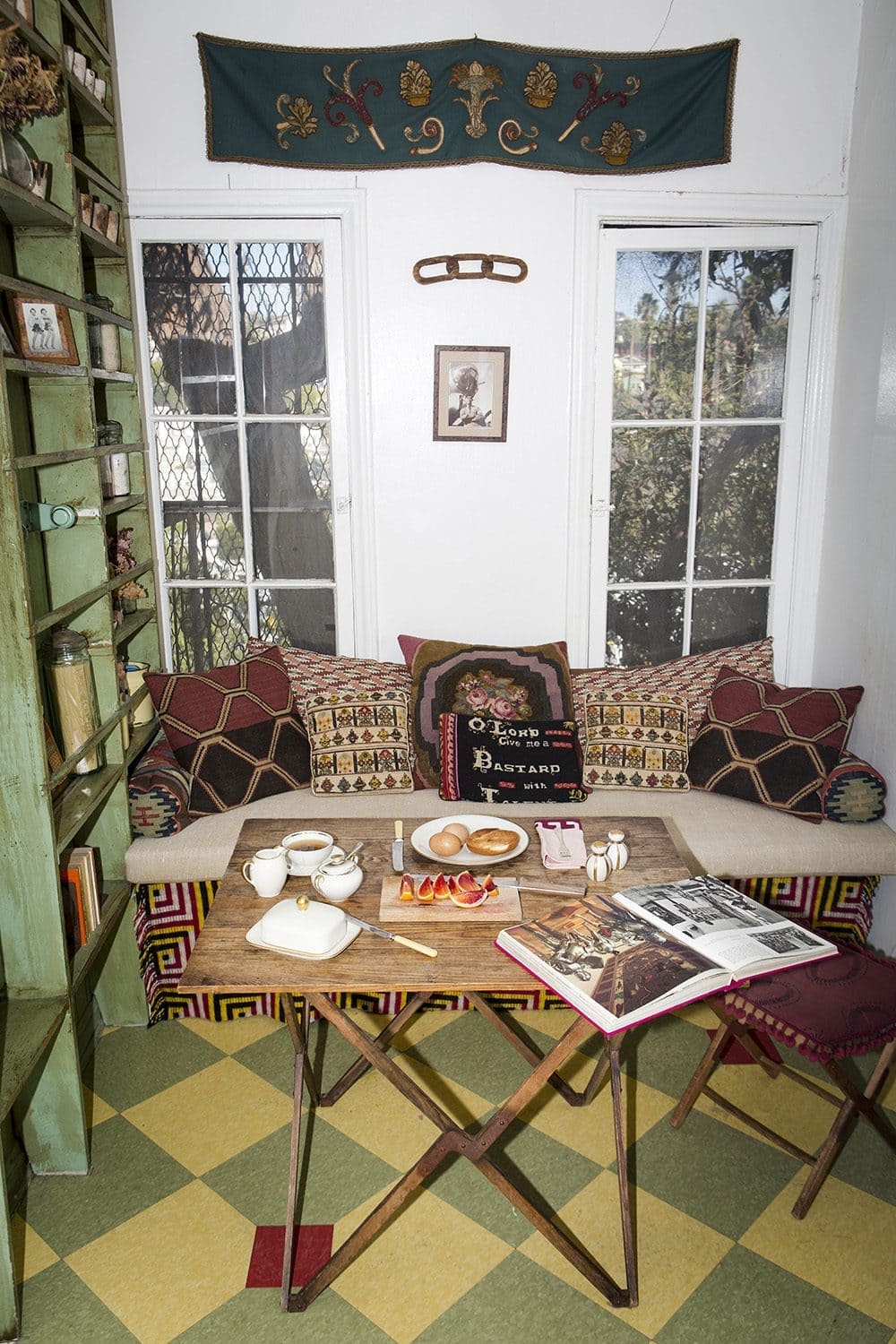
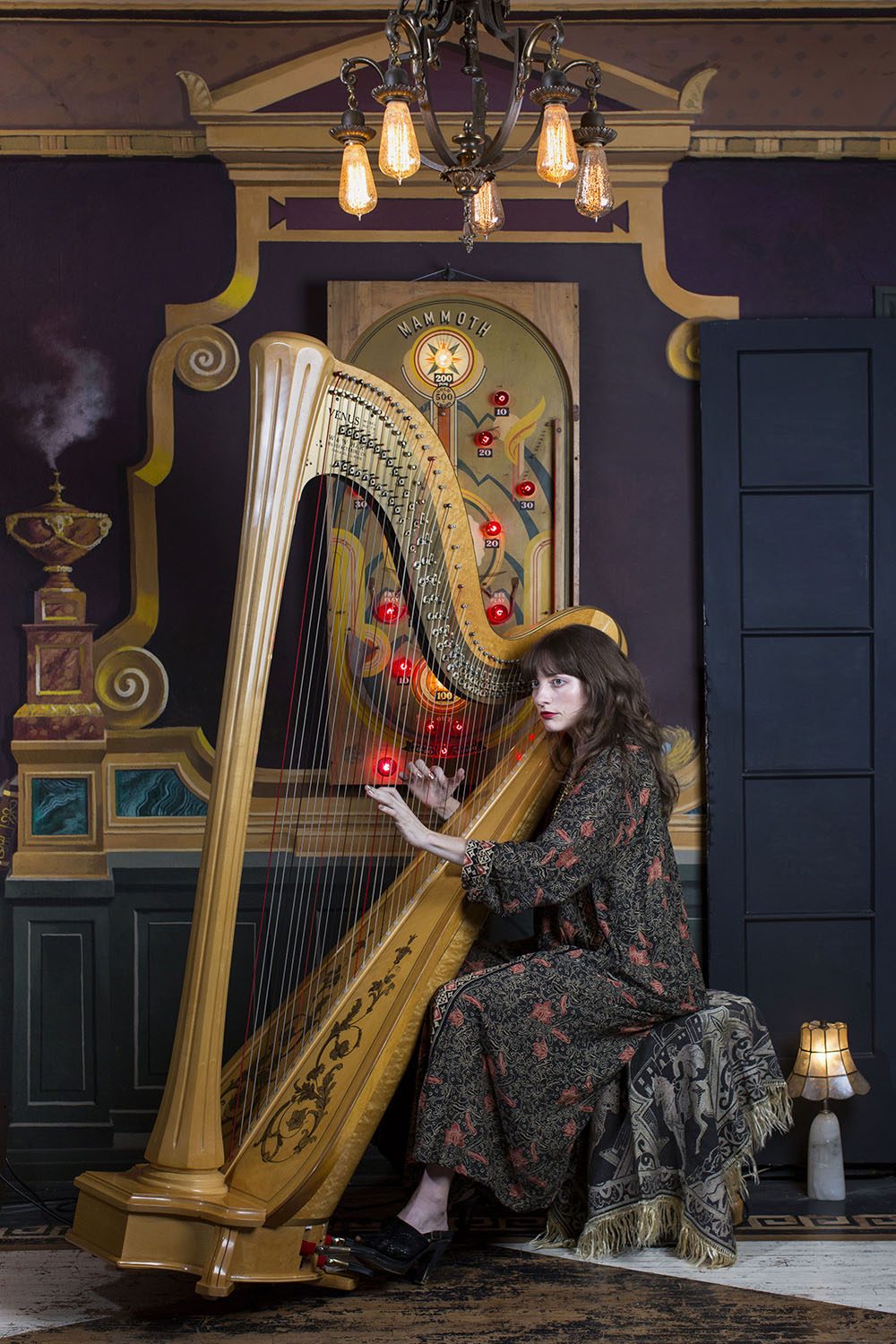
Jared stopped by Casa Larissa for an estate sale — a long-time tenant, Lance gaylord Klemm, had fallen ill and was moving out, and his sister was selling his furnishings. Lance, had been a successful fresco painter and at the end of the working day, would bring his paintbrushes and his imagination home with him. Over the many years he lived there, he turned his two-bedroom apartment into a trompe l’oeil fantasy, painting the ceilings, walls and floors of his home in ornate neoclassical styles, turning each day in to a night at the opera. “I walked in and it was incredible; I had never seen a space like it,” recalls Jared. Lance had hung thick red velvet curtains from dusty brass curtain rods; the apartment resembled a set, replete with geometric floors, a vestibule dripping with Chinoiserie, an abundance of urns and peacocks and columns. “Carpe Diem” had been painted over an archway.
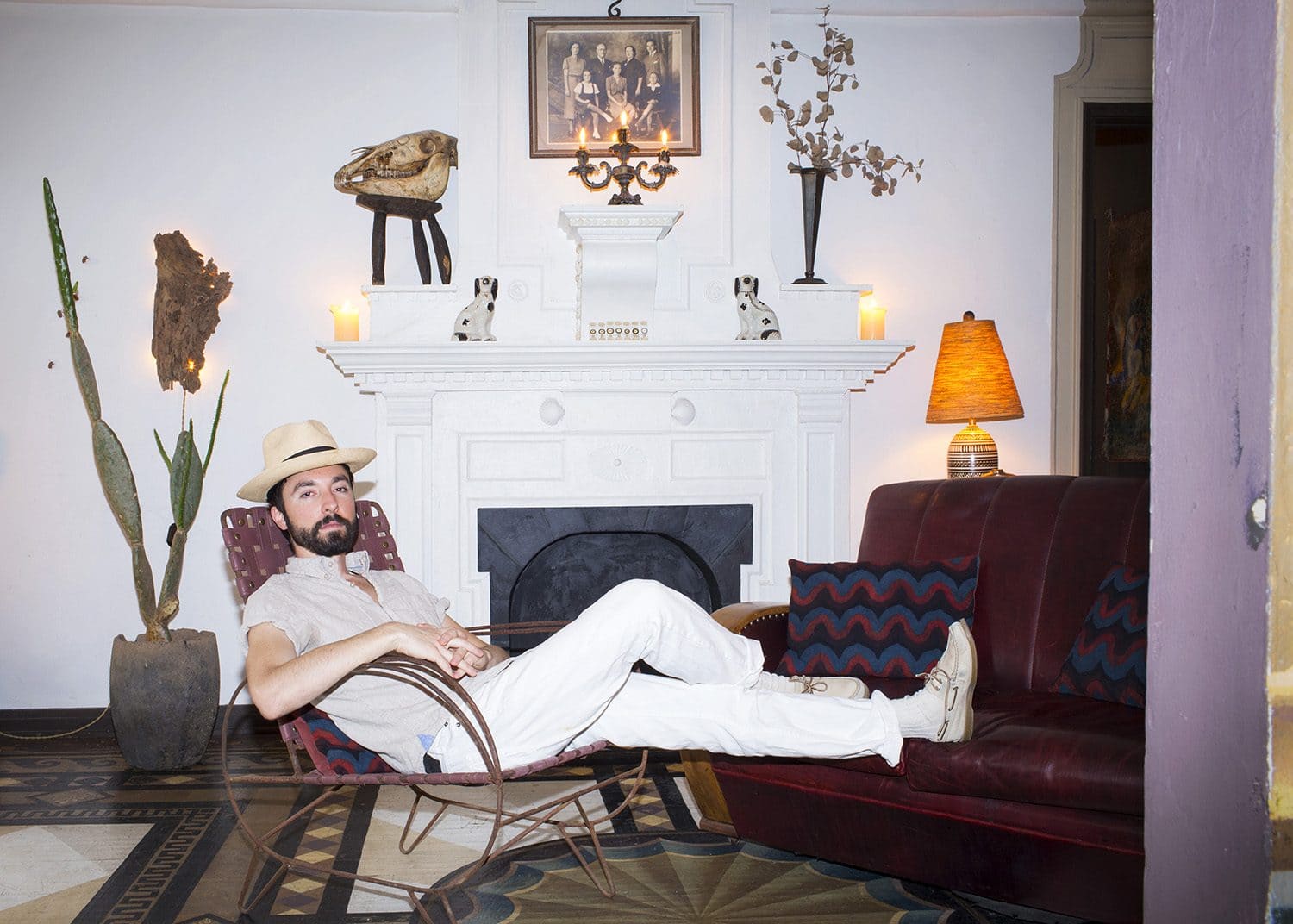
The landlord however, wasn’t sure what to do with the heavily customized, idiosyncratic home. Who but Klemm could live in his creation? Frank, who was born thirty-eight years and one night later, on July 22nd, apparently could, and very much wanted to. He saw nothing but inspiration, and signed the lease that day. “I was so lucky with my landlord—he is not the Marxist definition of one,” says Frank, “He always chooses creative people, where a lot of landlords do the opposite. And when he met a young kid who said ‘I love it, don’t change anything’, he said ‘OK great!”
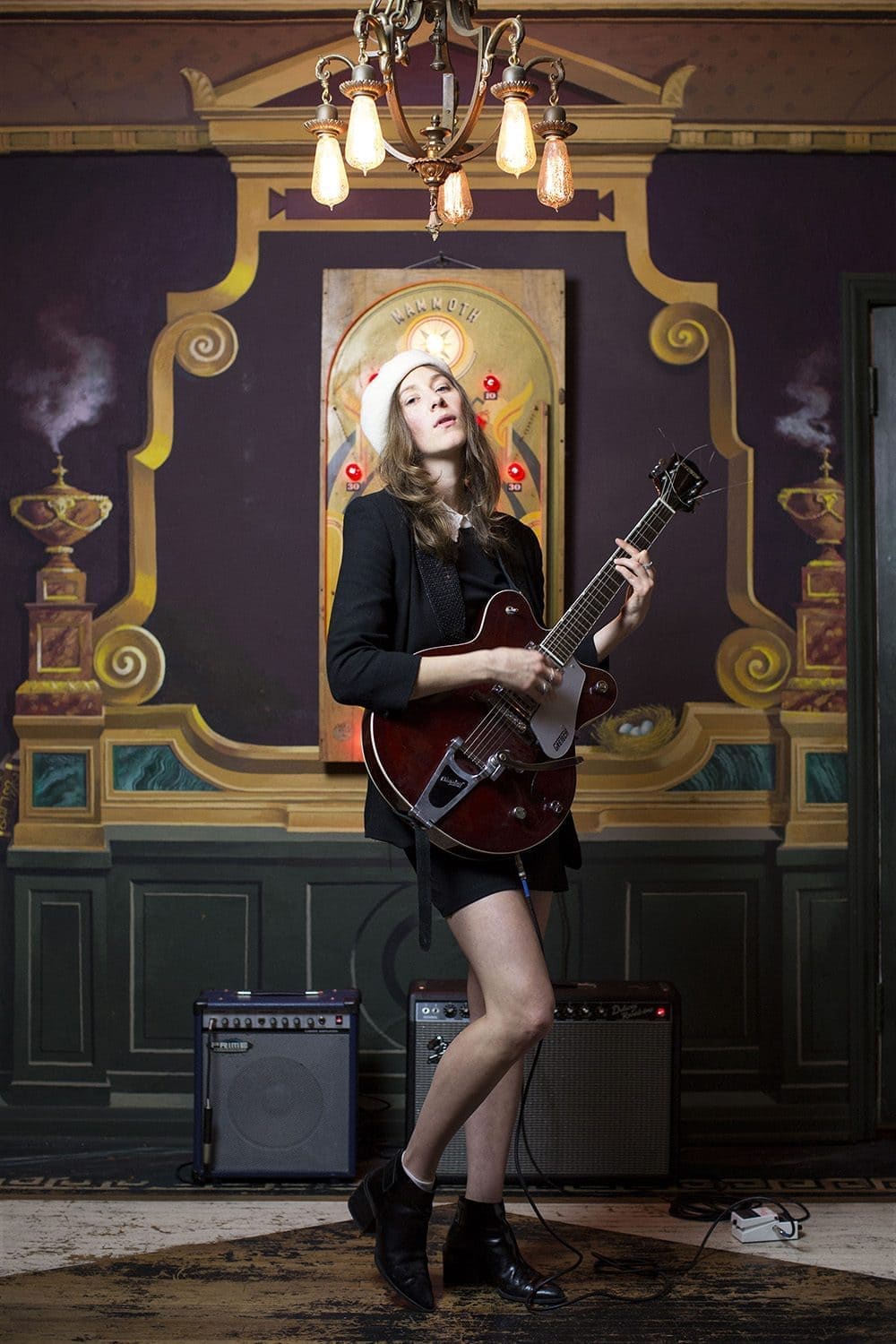
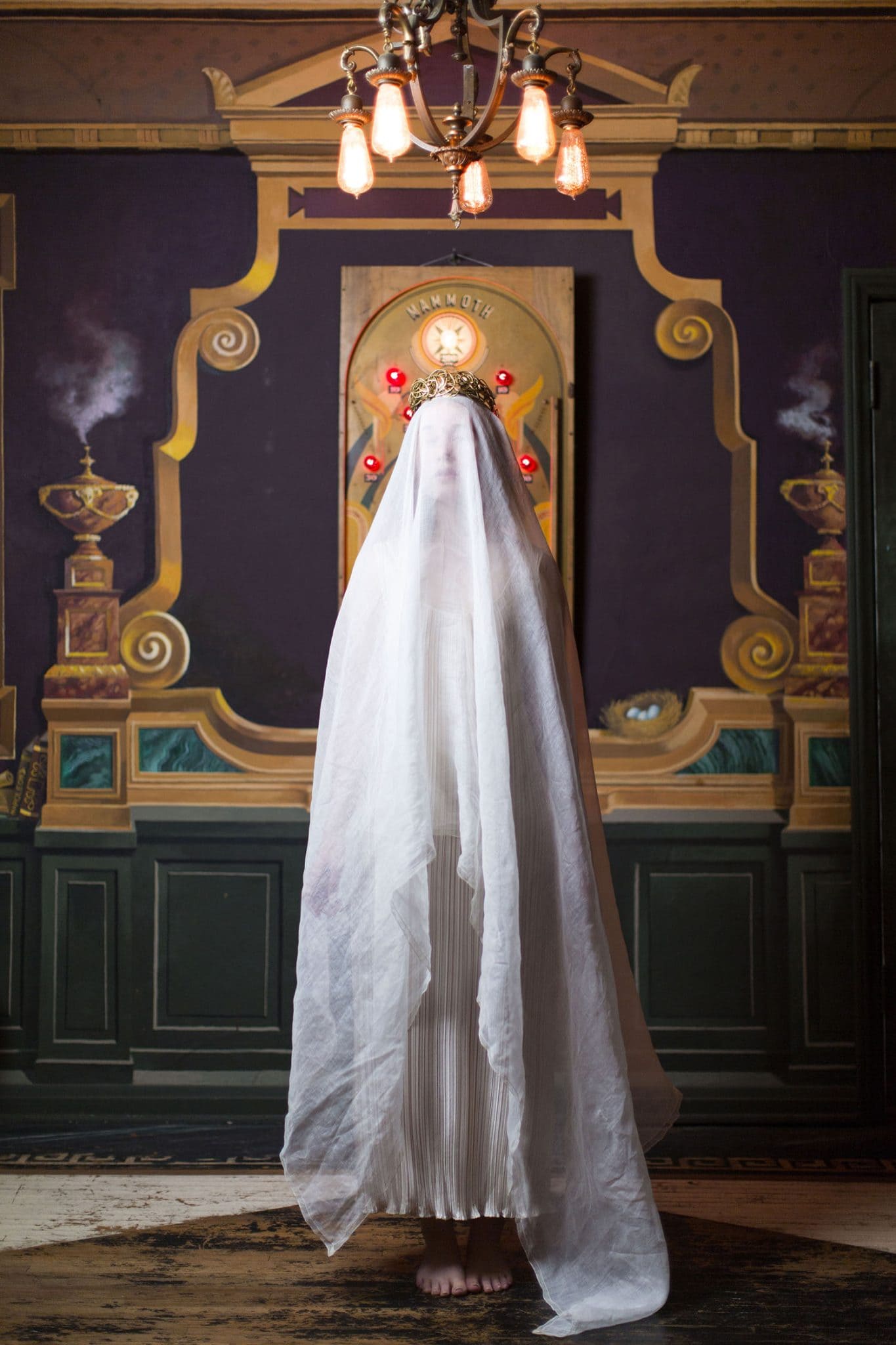
Jared moved in the day that Lance officially moved out, and set about envisaging fresh drama for Klemm’s stage. Where Lance had painted a faux rope on the wall, he installed a real rope coil, as homage. He hung parasols from the ceiling of the Asian vestibule. He had a lampshade custom-made from a gramophone speaker, turned a metal crucible into a planter, and constructed a coffee table from a stack of colorful vintage suitcases, which perfectly match the multi-colored floors. There are African fetishes, a carved tribal horse head, masks from the Odd Fellows fraternity, and a glowing all-seeing eye — things that suggest ritual and ceremony. The ambiance is haute flea market meets Bohemian grove. A place where magicians, intellectuals, heart broken lovers and Illuminati might share a Moscow Mule and sigh about Matisse and all the pretty girls. The work Frank does for his clients, he points out, is nothing like the work he has done at Casa Larissa. In designing his home, he channels Lance Klemm, his silent, but always present, client. “We are in a room right now in which he painted the walls, the floors, and the ceiling,” says Frank, over a Moscow Mule. “He’s hugging us. It’s interesting to have such a close relationship with someone I have never met.” Sadly, Klemm passed away in 2009, shortly after Frank moved in.
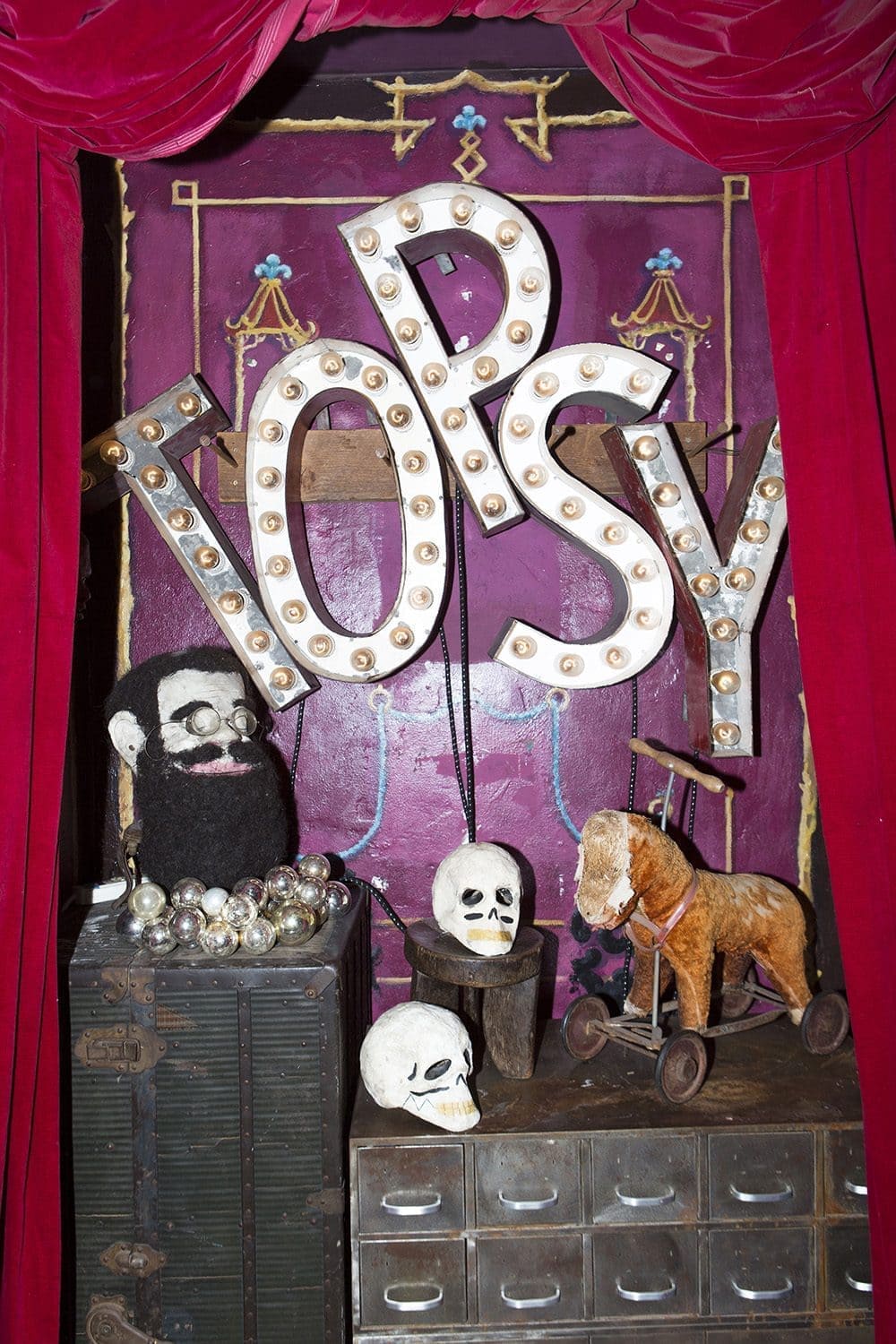
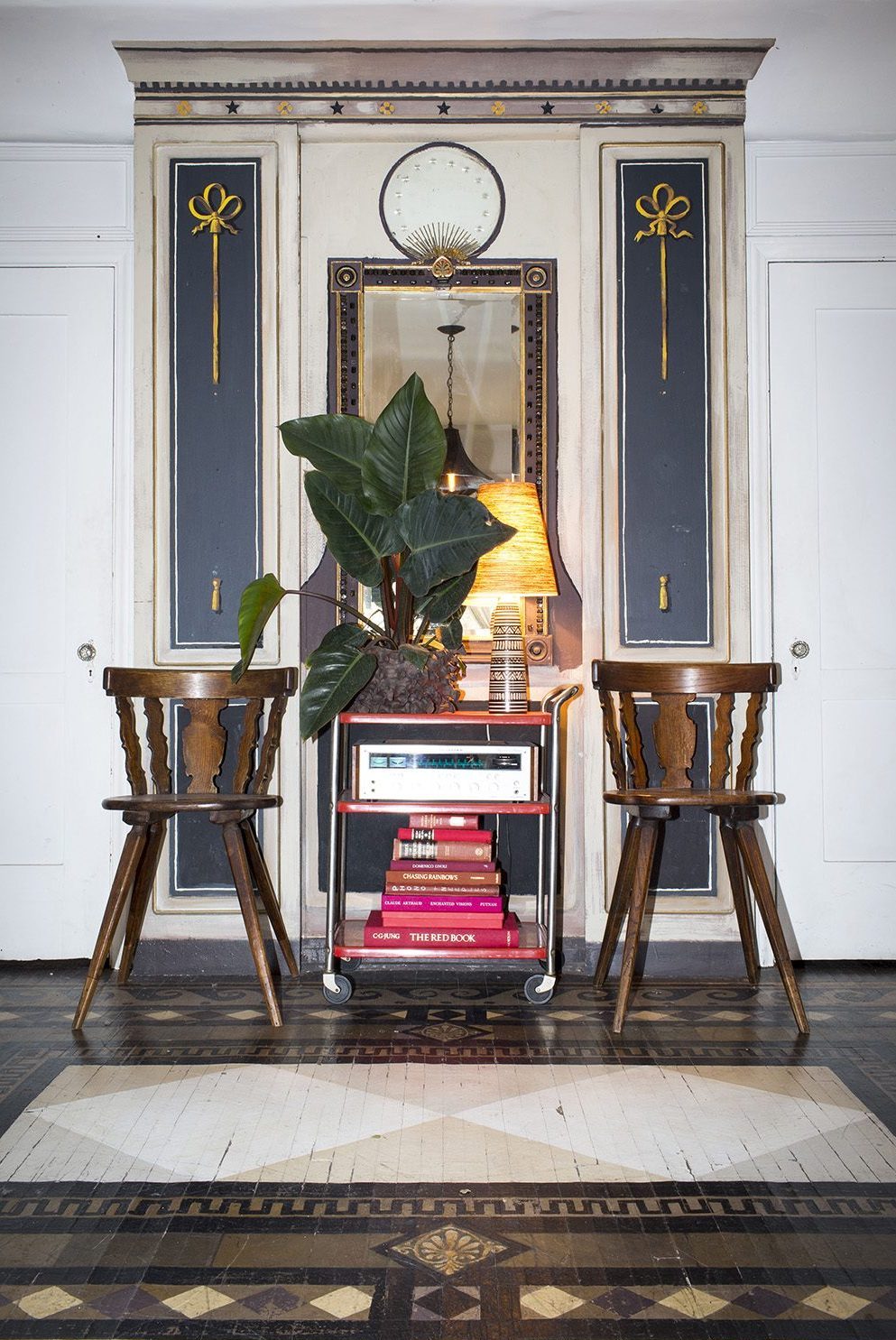
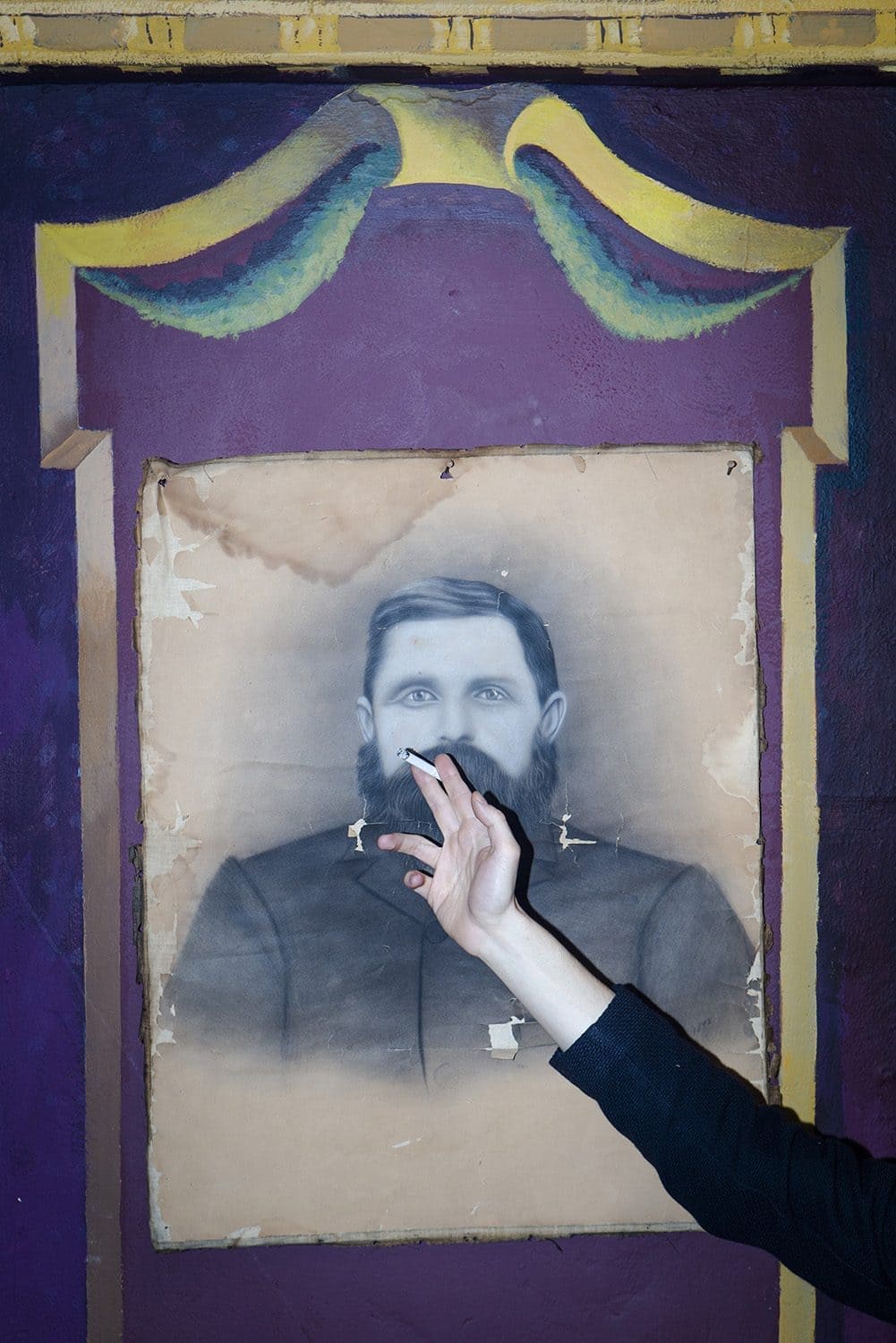
As the home took shape, he realized more and more that there is no point in having a stage without a performance. He gazed at Lance’s floors and in his mind, saw people dancing on them. “This place wasn’t supposed to be a museum, it was meant for a feast of friends.” So, he started hosting dinner parties. The actor/comedian Taylor Negron, who lived across the hall, would often show up late. “He would sashay into the room and hold court, telling stories and everyone would just shut up and listen.” The home seemed to draw performances out of its visitors, and Frank, yet again was inspired. “It was always a shame to me that the only way someone could see this house was by knowing me,” says Frank. “I can’t just walk up to a stranger and say ‘hey, check out my house’. But I wanted to allow more people to experience it.”
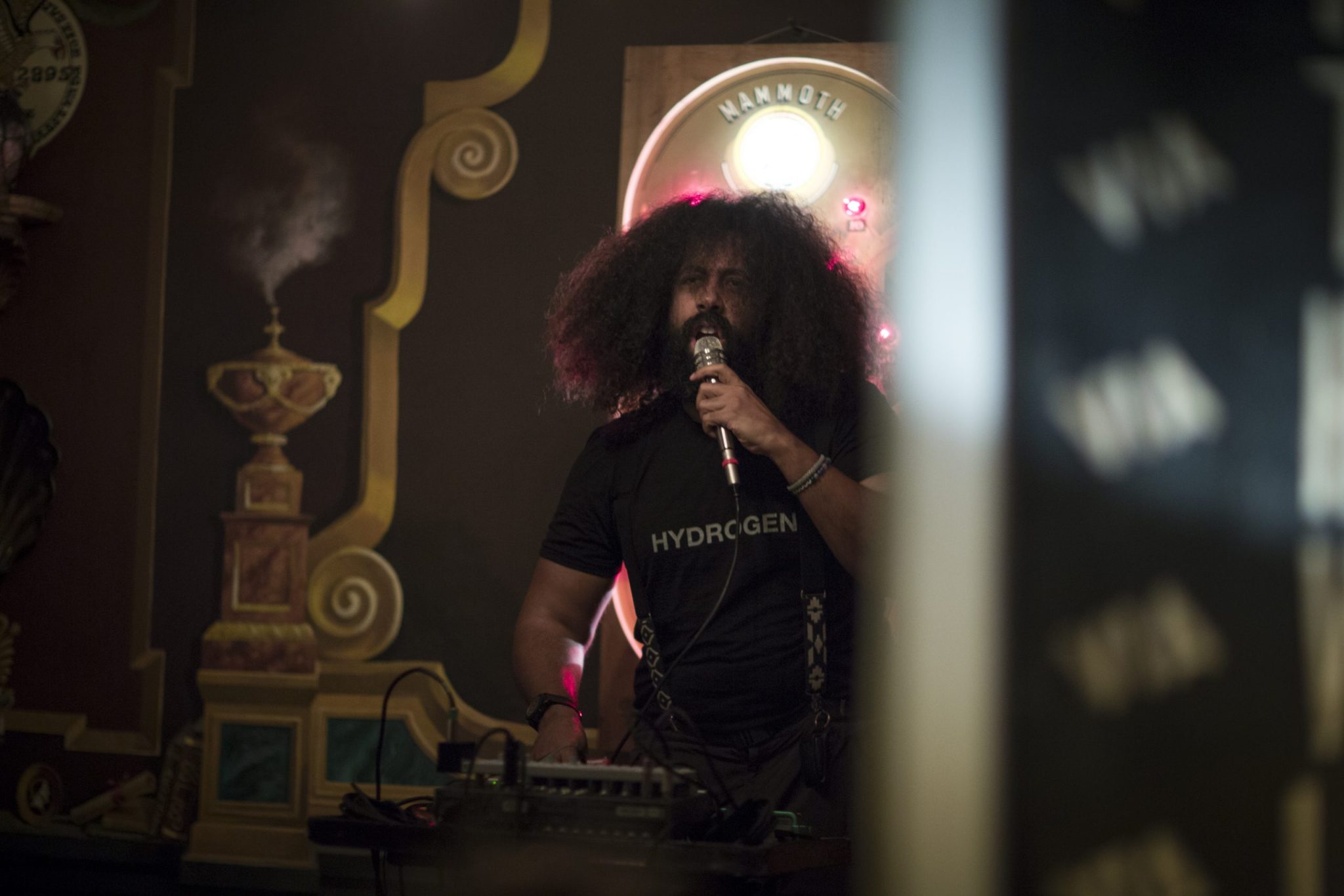
So, last year, he launched a monthly series of concerts at his home, contemporary parlor room gatherings that began with a performance by local harpist, Cristina Black. The evening was a great success, and several more took place in the following months. “Anything that wouldn’t work in a bar. That requires a hushed form of concentration, and yet doesn’t need a serious opera setting, is perfect here.” One night in March, around 100 young people gathered at his apartment for the fifth party, featuring a performance by surrealist comedy-musician Reggie Watts, whose Dada-esque, freeform musical performance style is astounding to behold anywhere, but especially psychedelic at Casa Larissa. Watts sang and beatboxed in front of a repurposed Pachinko arcade game board that has been turned into a glowing light. Young people sat on the floor, on each other’s laps, on the arms of couches, peeking in from the kitchen and from the patio that overlooks the twinkling lights of the facing hillside. Afterwards, a bona fide dance party erupted and one was reminded of the party scene in Antonioni’s Blow-Up where Verushka takes a toke of her joint and declares “I *am* in Paris!”
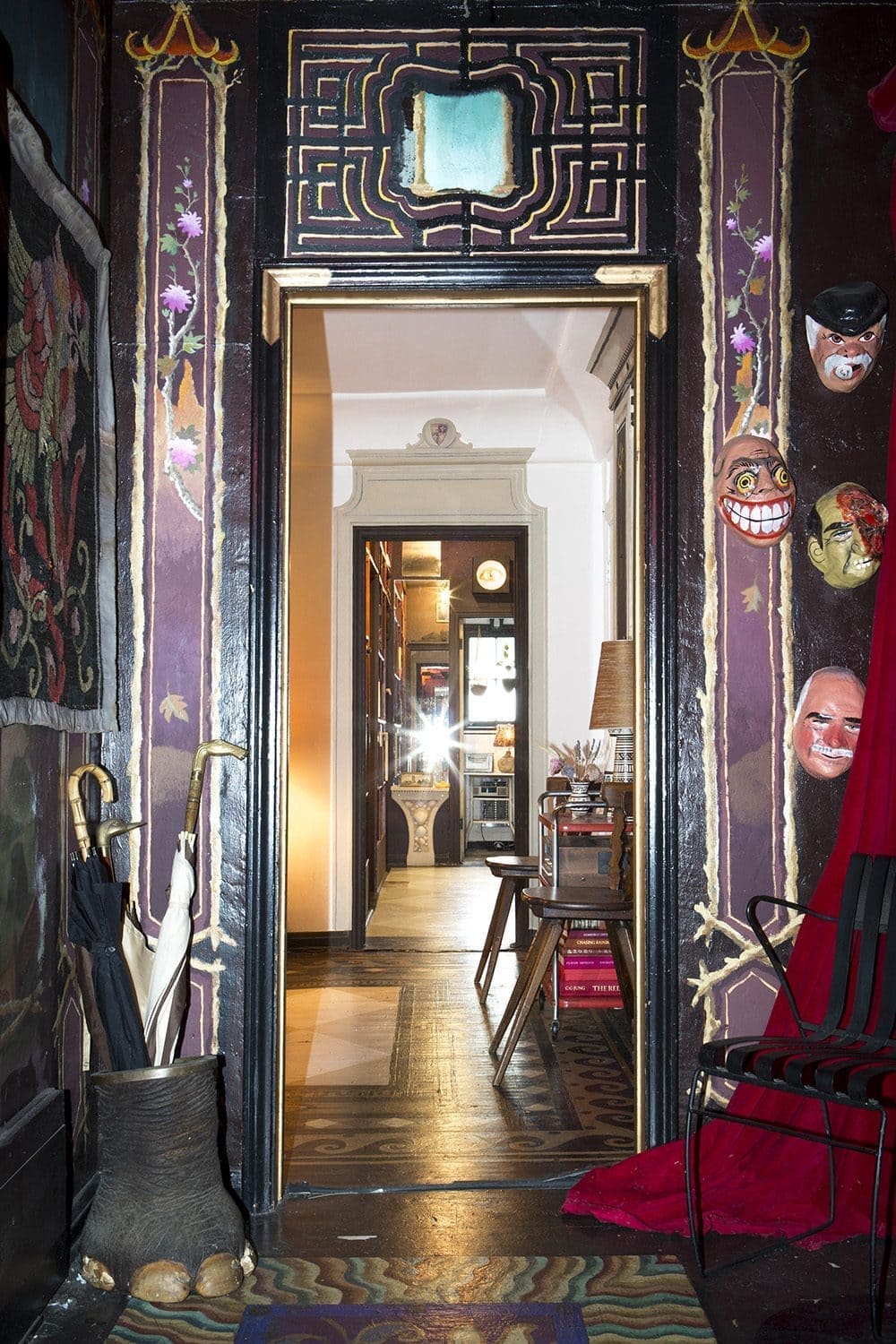
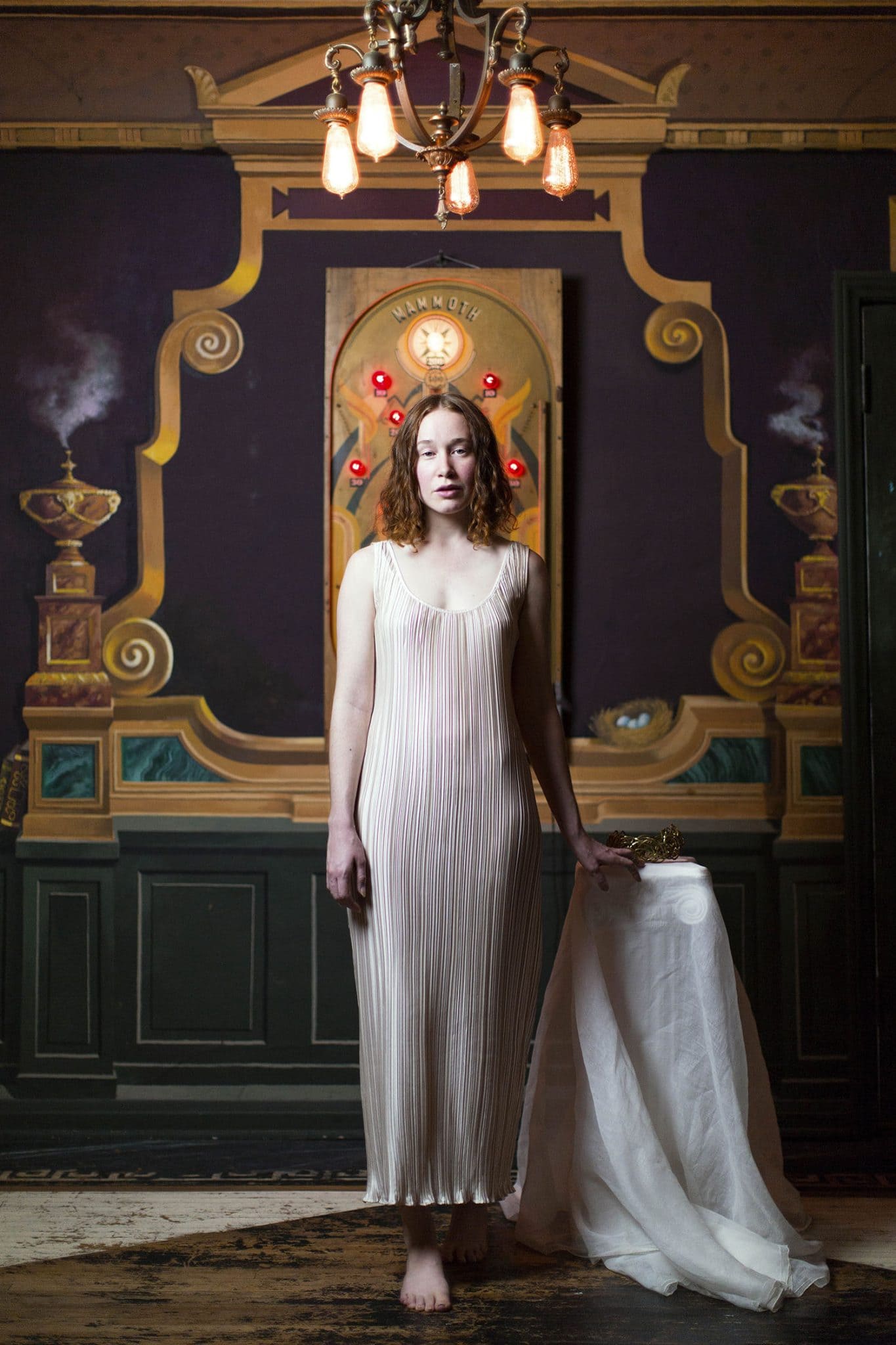
Case Larissa’ secret concerts have no doorman, no list, no promotion. The events have never been posted online, and there is no Facebook invitation. So far, after five months of concert, no one has broken anything, nothing has gone missing. The people who go to the shows are friends, friends of friends and a slowly growing circle of friends of friends of friends. And of course, the spirit of Lance Klemm, which one hopes is hovering about. “All the world’s a stage” was a mantra Klemm lived by, and now it seems, his apartment is as well. “The things that some people say to me after these events are so nice,” says Frank, who says opening his home to music and strangers is one of the best ideas he ever had. “Folks have actually told me that it’s the best time they’ve ever had in LA. When someone says something like that to you, well, it makes you want to just keep on doing it.”
